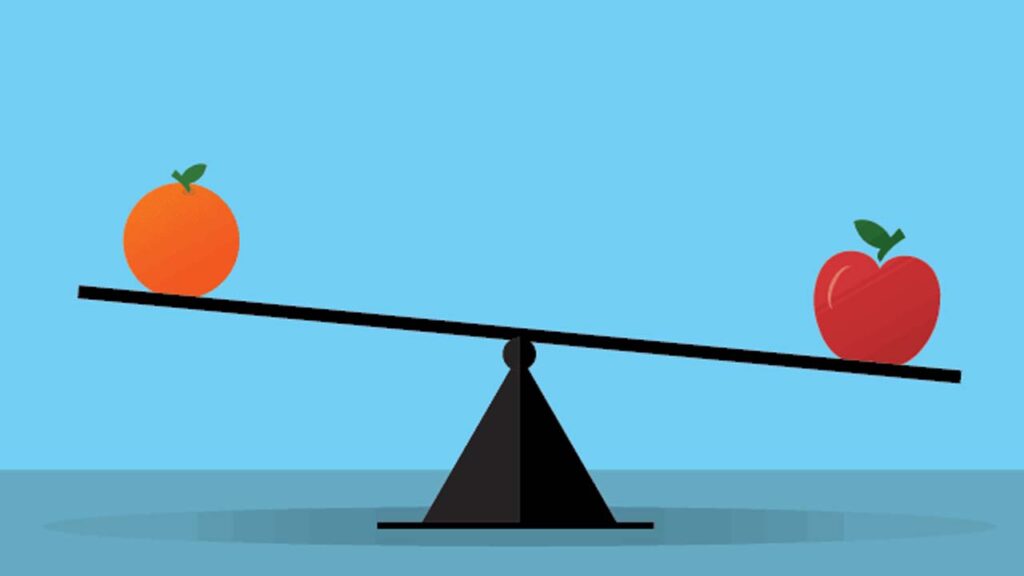SGDLoan.com – Understanding commercial loan interest rates Australia is crucial for businesses and investors planning to expand, refinance, or invest in new ventures.
As Australia continues to present dynamic opportunities for entrepreneurs and corporations alike, accessing funding at competitive rates can make a significant difference in operational success and profitability.
As of 2025, the Australian commercial lending market offers a wide range of options, with different rates influenced by the type of loan, the borrower’s profile, and prevailing economic conditions.
In this article, we will explore the latest commercial loan interest rates Australia, highlight where to find the best commercial loan rates Australia, and provide strategic guidance on securing the most favourable terms for your business goals.
Overview of Commercial Loan Interest Rates in Australia

Before diving into specific lenders and options, it is important to grasp the current landscape of commercial loan interest rates Australia.
The present commercial loan rates Australia typically range from 5% to 25% per annum, reflecting a broad spectrum based on borrower risk profiles, collateral requirements, and the specific loan product chosen.
In secured loans, where borrowers offer tangible assets like property or equipment as collateral, interest rates are generally on the lower end of the spectrum. This is primarily because the lender’s risk is mitigated.
In contrast, unsecured commercial loans often command higher rates due to the elevated risk of non-repayment.
The Reserve Bank of Australia (RBA) significantly influences these rates through its official cash rate decisions. When the RBA adjusts the cash rate, it directly impacts how financial institutions set their lending rates. Businesses must stay updated with RBA movements to time their borrowing effectively.
Comparing Commercial Loan Rates Among Australia’s Leading Banks

To better understand where your business can secure the best commercial loan rates Australia, let’s examine offerings from some of the country’s leading financial institutions.
| Bank | Product | Current Interest Rate |
|---|---|---|
| Commonwealth Bank of Australia (CBA) | Variable business loan rates | Reduced by 0.25% recently |
| National Australia Bank (NAB) | Business finance prime rate | 7.60% p.a. |
| NAB | Business overdraft prime rate | 10.47% p.a. |
| Westpac | Business development rate | 8.77% p.a. |
| Westpac | Small business loan rate | 7.66% p.a. |
| The Mutual Bank | Commercial loan variable rate | 11.54% p.a. |
| The Mutual Bank | Commercial overdraft rate | 11.79% p.a. |
| Bank of Queensland (BOQ) | Commercial fixed/variable loans | Daily set rates |
Commonwealth Bank of Australia (CBA) recently announced a reduction in its variable business loan rates by 0.25%, signalling a more borrower-friendly environment as reported directly on their official newsroom page.
NAB, another major player, maintains a prime business lending rate of 7.60% per annum, while its overdraft facility is priced slightly higher at 10.47% per annum according to its detailed interest rate disclosures.
Westpac has remained competitive by offering a small business loan interest rate of 7.66% per annum and a business development rate of 8.77% per annum. Their updated interest rate sheets for business customers outline these details transparently.
The Mutual Bank, focusing on niche business clients, offers a higher range with their commercial variable rate standing at 11.54% per annum.
Bank of Queensland (BOQ) distinguishes itself by adjusting its fixed and variable commercial rates daily based on market movements and product specifications.
It’s clear that securing the best commercial loan rates Australia involves a careful comparison across multiple institutions.
Factors That Influence Commercial Loan Interest Rates

Understanding the variables that determine commercial loan interest rates Australia can empower borrowers to better position themselves for favourable loan terms.
Several important factors include:
- Borrower Profile and Creditworthiness: Lenders rigorously review the financial statements, profitability, existing debt levels, and credit scores of a business. A strong financial standing leads to access to lower interest rates.
- Type and Value of Security/Collateral: Offering high-value assets such as real estate, heavy machinery, or commercial vehicles as collateral reduces lender risk, thus lowering the offered interest rate.
- Loan Amount and Term Length: Generally, larger loans spread over shorter periods benefit from lower rates because lenders perceive them as less risky.
- General Economic Climate and RBA Monetary Policy: If the economy faces inflationary pressures, or if the RBA increases the cash rate, banks typically raise their lending rates to maintain profitability.
Being proactive in improving these factors can dramatically increase your chances of qualifying for the best commercial loan rates Australia.
Commercial Loan Interest Rates Australia Forecast for 2025

Forecasting commercial loan rates Australia for the coming months is essential for strategic financial planning.
Leading forecasts predict a gradual decline in interest rates towards the end of 2025:
- The Commonwealth Bank expects the RBA’s cash rate to fall to 3.35% by December 2025.
- Westpac shares this outlook, projecting a 3.35% cash rate as well.
- NAB is slightly more optimistic, forecasting a rate drop to 3.10% by February 2026.
These projections, as detailed by Broker.com.au, suggest an easing lending environment in the near future.
This is excellent news for businesses looking to finance expansion projects or refinance existing obligations. Waiting for a potential dip before locking in a rate could save thousands over the life of a commercial loan.
However, businesses must also weigh the risks of market volatility and act based on their current capital needs and growth plans.
How to Secure the Best Commercial Loan Rates Australia

Navigating the complexities of commercial finance requires strategy, preparation, and negotiation skills.
Here’s how businesses can secure the best commercial loan rates Australia:
- Maintain a Strong Credit Profile: Demonstrating a consistent history of financial responsibility, timely bill payments, and stable revenue can greatly improve a business’s loan appeal.
- Offer Valuable Collateral: Secured loans backed by tangible assets often attract lower rates. This includes real estate, equipment, or even significant inventory.
- Shop Across Multiple Institutions: Comparing offers allows businesses to leverage competition among banks, often resulting in better rates and terms.
- Negotiate Proactively: Don’t accept the first offer. Lenders expect negotiation and may provide discounted rates or waive certain fees if pushed appropriately.
- Work with Financial Advisors: Engaging commercial finance brokers or corporate banking specialists can provide tailored advice and insider access to better loan packages.
Implementing these strategies not only increases approval chances but also positions businesses to secure rates that align with long-term financial goals.
The Impact of RBA Cash Rate Movements on Commercial Loan Rates

The RBA’s cash rate directly influences the commercial loan interest rates Australia businesses face.
When the RBA raises the cash rate to curb inflation, banks and lenders pass on the increased costs to borrowers through higher commercial lending rates.
Conversely, when the RBA lowers the cash rate to stimulate economic activity, businesses often see improved lending conditions with reduced rates.
Understanding these mechanisms allows businesses to anticipate market shifts and make informed financing decisions ahead of broader economic changes.
Difference Between Secured and Unsecured Commercial Loans

Choosing between secured and unsecured loans is a major decision that affects the commercial loan rates Australia available to your business.
- Secured Commercial Loans: These loans require borrowers to pledge assets as collateral. Because lenders assume less risk, secured loans typically offer lower interest rates and higher borrowing limits.
- Unsecured Commercial Loans: In this model, no collateral is required. However, the increased risk to the lender means borrowers face higher interest rates and may need stronger credit profiles for approval.
Understanding which loan type fits your business needs and financial situation can significantly impact the total cost of borrowing.
Fixed vs Variable Commercial Loan Rates: Which is Better?
Another important consideration for businesses evaluating commercial loan interest rates Australia is whether to choose a fixed or variable rate loan.
- Fixed-Rate Loans: These loans lock in the interest rate for a specified term, providing certainty in repayment amounts and shielding borrowers from rate hikes.
- Variable-Rate Loans: These loans fluctuate based on the RBA cash rate and other market conditions. While initial rates may be lower, borrowers assume the risk of future increases.
The best choice depends on your risk appetite, cash flow predictability, and current market outlook. In a declining rate environment like the one forecasted for late 2025, variable rates could offer savings, but businesses must remain vigilant.
Businesses in Australia must stay alert to both macroeconomic shifts and lender-specific movements to navigate commercial borrowing successfully.
By leveraging this knowledge, maintaining strong financial health, and timing their applications strategically, businesses can secure the best commercial loan rates Australia and strengthen their future prospects.









